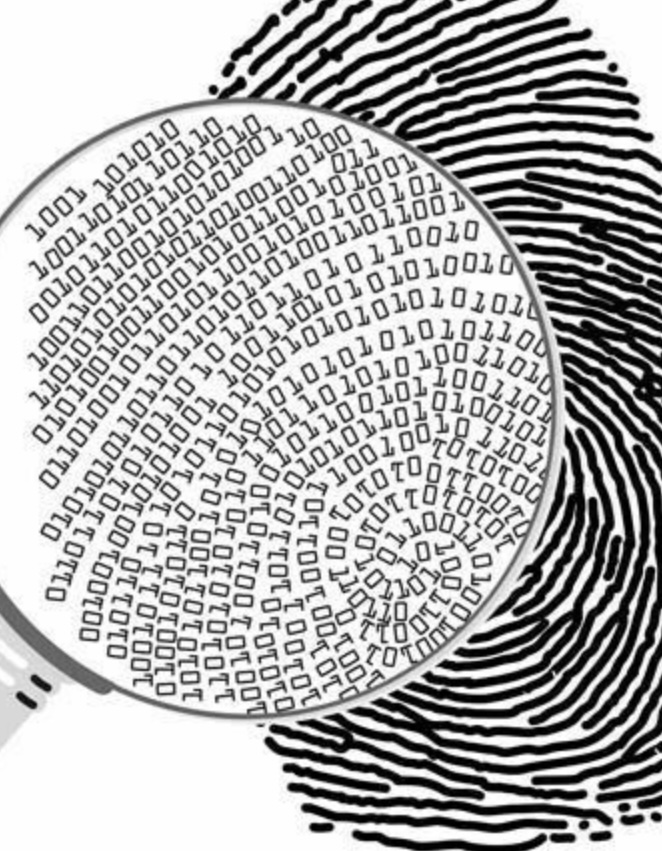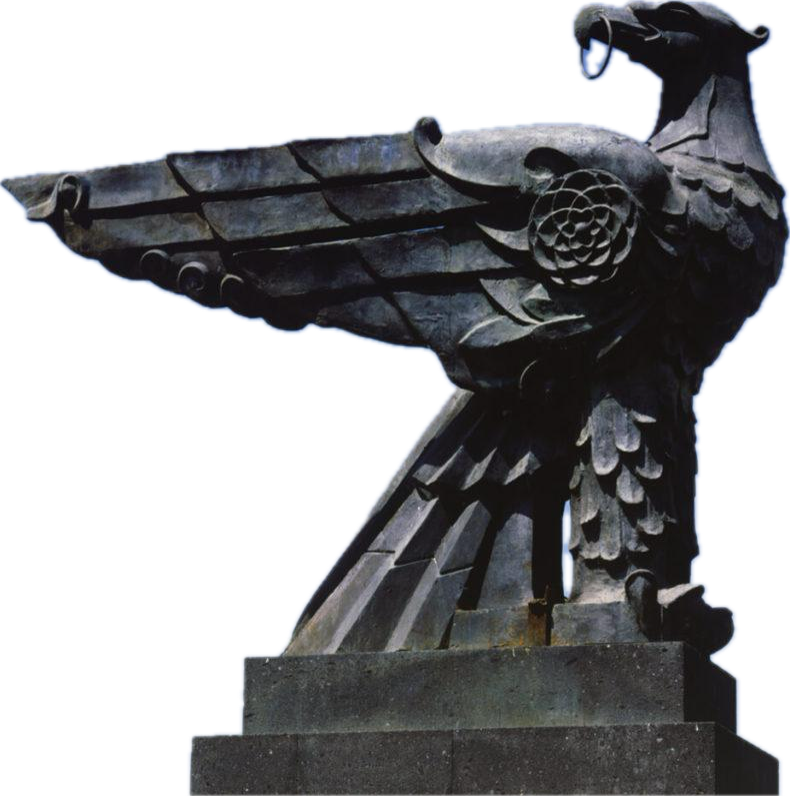1. State of the art, project management and documentation¶
Research¶
Research
I'm using GitLab for the first time, and while it's been challenging at the start, I’m gradually getting the hang of it
The resources shared by my tutors have been incredibly helpful in guiding me through the process. My goal is to keep improving, especially with the way I visualize and present my page. I have a vision in mind, and I’m looking forward to refining my skills to bring it to life.
Discovering GitLab


Tools¶
- GitLab
- Markdown
- MkDocs
Documentation workflow¶
By learning the basics of GitLab for version control and MkDocs for documentation creation, I can manage both my codebase and project documentation efficiently. GitLab helps me collaborate and track changes, while MkDocs offers a straightforward way to generate static documentation that is easy to maintain and deploy. Integrating these tools allows me to streamline my workflow and keep my documentation always up-to-date.
Step 1¶
Understanding GitLab GitLab is a platform that helps me manage my code, track changes, collaborate with others, and automate workflows through CI/CD pipelines.
Understanding MkDocs MkDocs is a static site generator that allows me to create project documentation using simple Markdown files.
Step 2¶
Modify Files: I can make changes to my project by editing files on my computer. Staging and Committing Changes. After making changes, I run. Then, I commit the changes.
Final project idea¶
By starting with the simplicity of dots and lines and gradually exploring their transformation into more complex shapes, I can uncover their universal significance across nature, culture, architecture, and art. These elements are timeless, forming the foundation of visual communication across centuries and cultures. Through techniques like 3D modeling, laser cutting, and parametric design, I aim to create a body of work that not only celebrates these fundamental shapes but also invites viewers to explore their own interpretations and connections.
Dots and Lines: The Foundation of Visual Movement and Tension¶

Dots and lines are the most fundamental visual elements in art and design, representing the starting point for creating complex forms. They carry a visual weight and, when placed together, can convey movement, tension, and direction. Their simplicity hides their power to shape perception, generate energy, and form the basis for all other visual constructs.
As dots and lines are combined, they evolve into simple geometric shapes such as circles, squares, and triangles. These forms are not only visually distinct but also carry symbolic meanings that have transcended cultures and eras.
Dots and Lines in Nature¶
In nature, dots and lines form the basis of organic shapes:
Leaves, Seeds, and Cells:The cellular structure of leaves, the spirals in seeds (e.g., Fibonacci spirals), and the segmentation of natural forms often start with simple dots and lines that grow into organic, fluid shapes.
Water and Wind Patterns: Waves, wind, and even the migration of animals can be visually understood through lines of movement, whether as patterns on water or trails in the sky. These natural forces inspire artists to capture the essence of movement and energy using minimal visual elements.

Symbols in Ancient Civilizations¶
Throughout history, dots, lines, and geometric forms have served as visual symbols with deep cultural significance:
Ancient Egyptian Hieroglyphs: Dots and lines formed the building blocks of their symbolic language, representing everything from human figures to celestial bodies.
Armenian and Mesopotamian Symbols: The symbol of eternity (endless knot) or Kenac car is often derived from intertwining lines and loops, which represent infinity, cycles, and interconnectedness.
Mayan and Incan Patterns: In Central and South America, triangles and dots were used in architecture, weaving, and pottery to represent life, death, and the cosmos.

Architecture and Sculpture¶
In architecture and sculpture, dots and lines are used to create balance, tension, and harmony within a space:
Gothic Architecture¶
The soaring vertical lines in Gothic cathedrals (such as flying buttresses) create an upward tension, drawing the eye towards the heavens, a visual representation of spiritual transcendence.
Minimalist Sculpture¶
Artists like Constantin Brâncuși often worked with simplified forms, reducing objects to basic geometric shapes. His sculptures explore the elegance of lines and curves, highlighting the tension between abstraction and form.

Abstract and Conceptual Art¶
Abstract art relies on dots, lines, and geometric shapes to communicate emotions, ideas, and movement without representing reality directly:


Kandinsky and Klee¶
These modern artists explored how dots and lines could evoke sound, movement, and emotions, using basic visual elements to express abstract concepts.
Conceptual Art¶
Artists such as Sol LeWitt used geometric shapes, especially squares and lines, to explore concepts of order and randomness. The precision of lines and the repetition of shapes create tension between structure and chaos, leaving interpretation open to the viewer.